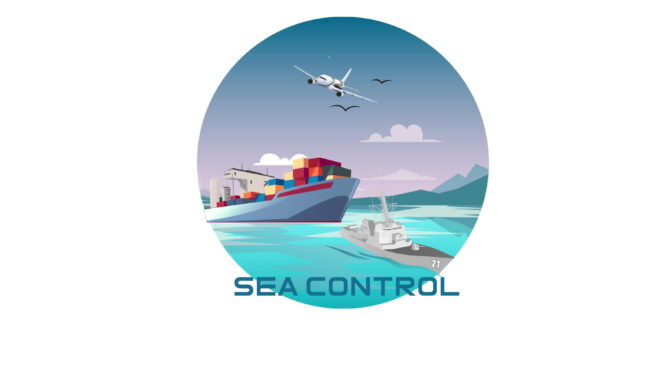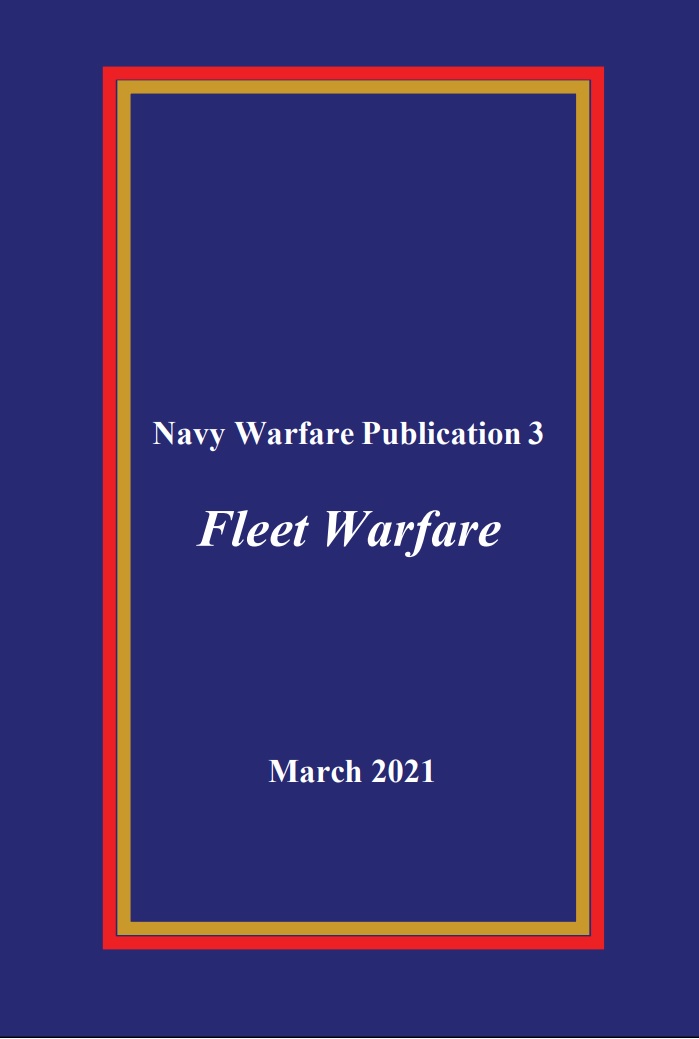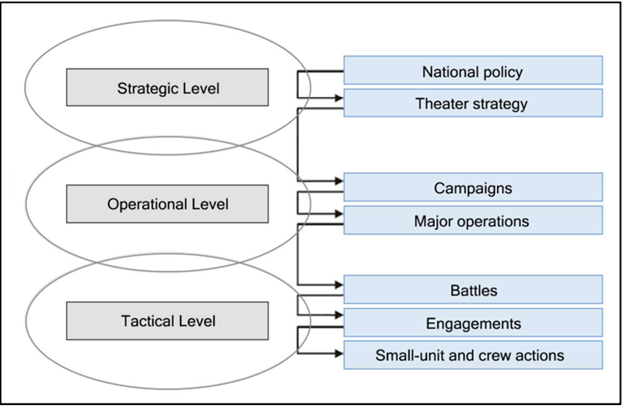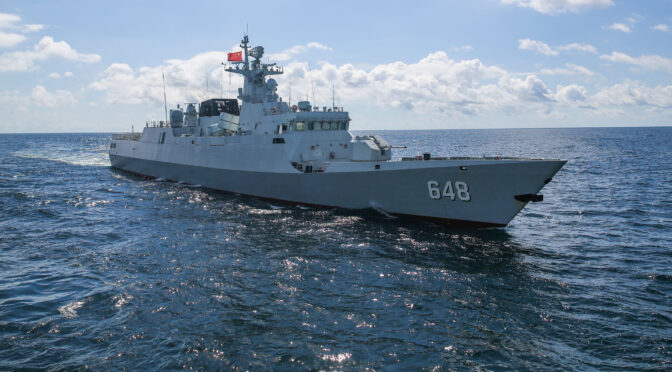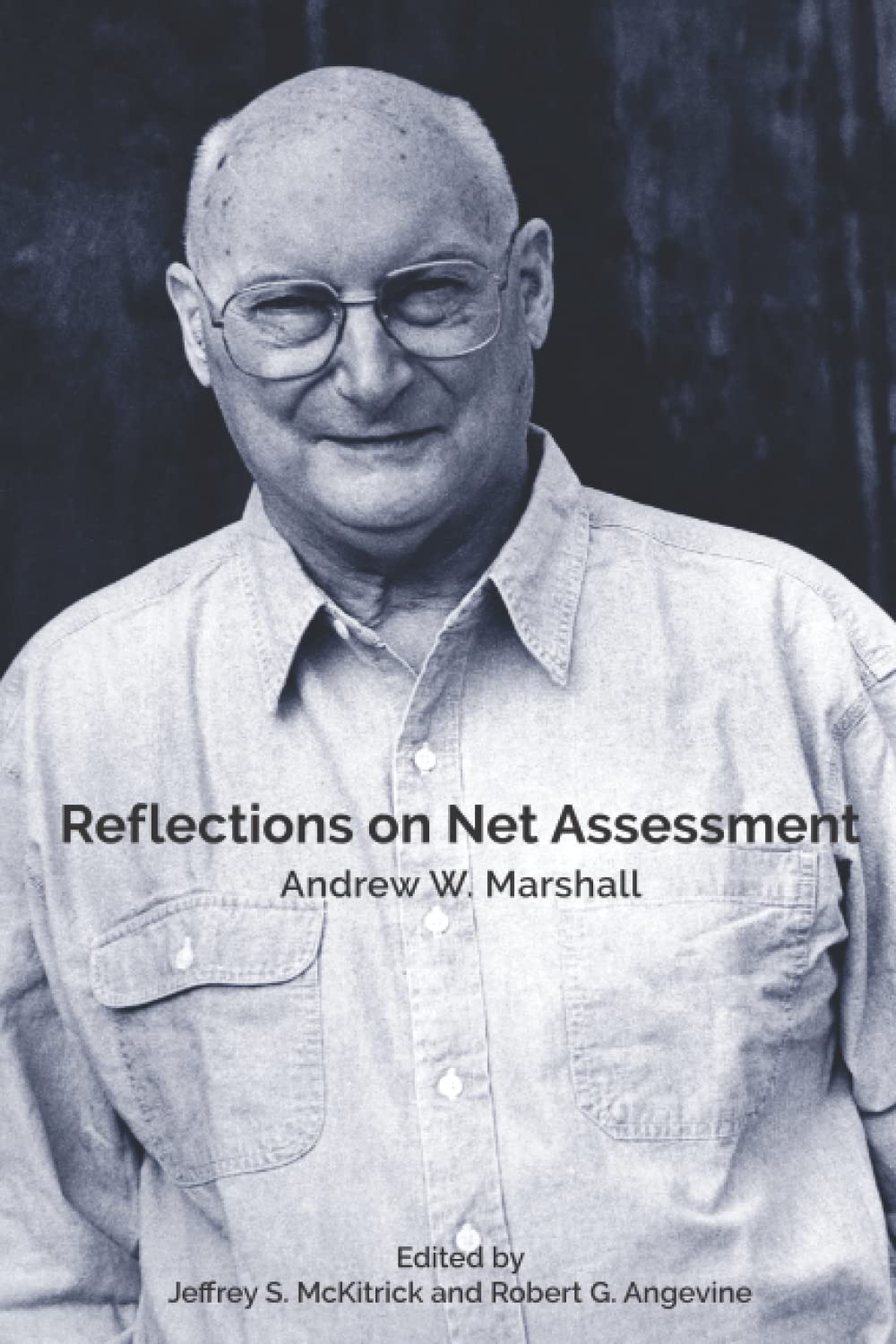This article originally appeared on the Jamestown Foundation’s ChinaBrief and is republished with permission. Read it in its original form here.
By Ryan D. Martinson and Conor Kennedy
Introduction
The People’s Liberation Army (PLA) has quietly changed the way it interacts with U.S. military forces in the Western Pacific. Instead of just tracking and monitoring U.S. ships and aircraft, demanding they leave sensitive areas, the PLA has embraced an approach that favors hostile encounters as preparation for future conflict with the United States. In PLA parlance, it is “using the enemy to train the troops”—nadi lianbing (拿敌练兵).
This is not a new approach. The term nadi lianbing has appeared in PLA sources since 2014. However, recent statements by the Ministry of National Defense (MoD) indicate that it has become enshrined as doctrine. At the MoD’s press conference on January 22, Senior Colonel Wu Qian highlighted the key aims of PLA training. The first is to “vigorously promote the deep coupling of operations and training.” Specifically, forces operating on the “front line in the military struggle” should “use the enemy to train the troops” (PRC Ministry of Defense, January 27).
For the PLA, the front line in the peacetime “military struggle” is located along China’s maritime periphery: the Yellow Sea, East China Sea, South China Sea, and Philippine Sea. As a result, it is the air, surface, and undersea forces of the PLA Navy (PLAN) that are chiefly tasked with implementing this new approach. What does nadi lianbing mean for the PLAN, and what are the implications for PLAN-U.S. Navy interactions at sea?
From Concept to Doctrine
The notion of “using the enemy to train the troops” was first applied in undersea warfare. An August 2014 essay in People’s Navy, the PLAN’s official newspaper, highlighted the submarine force’s special function in “countering the powerful enemy” (应对强敌, yingdui qiang di), a common euphemism for the U.S. The author emphasized that the force should train like it will fight, which means it must “go to the battlefield of the future and boldly approach the opponent of the future…using the enemy to train the troops.” In his words, “training must be a rehearsal for war.”1 In a January 2015 article, the political commissar of a submarine unit urged PLAN submariners to “take aim at the operational opponent,” recognizing that peacetime “confrontation with the powerful enemy is the most realistic training form.” The force should embrace a culture that favors “competing with the enemy, and using the enemy to train the troops.”2
The PLAN expanded this approach to the rest of the service following a November 2020 Central Military Commission (CMC) meeting on military training. In his remarks, President Xi Jinping called for the PLA to realize a “transformation in military training.” This precipitated a greater emphasis on training in general, with a particular focus on “realistic” training that better approximates the conditions of actual combat with a likely adversary (Xinhua, November 25, 2020). Subsequently, the PLAN issued a document called “Decision on Accelerating the Promotion of Transformation of Navy Military Training and Constructing a New-Type Navy Military Training System.” The Decision took the concept of nadi lianbing from the shadowy world of undersea warfare and made it service doctrine. Henceforth, all components of the service would regard encounters with the “powerful enemy” as opportunities to bolster warfighting capabilities.3
Why Now?
According to PLAN leaders, nadi lianbing is a direct response to an uptick in provocative U.S. behavior along China’s maritime periphery. The PLA has long complained about U.S. naval operations within the first island chain, but the Chinese military believes that U.S. activities have become more aggressive in recent years. According to the (unnamed) head of PLAN Training Bureau, “some countries have sharply increased their hostility towards China.” In the maritime realm, they have “continuously strengthened their targeted military deployments, frequently sent air and maritime forces to conduct close-in provocations, and have even organized air and maritime forces to ‘use China to train their troops,’ drilling warfighting methods and tactics.”4
Zhang Tianjing, a senior officer in the PLAN Operations Bureau, echoes these points in an August 2021 essay. Specifically, Zhang asserts that “ships and aircraft are frequently infringing the territorial waters and airspace of Chinese islands and reefs in the name of ‘freedom of navigation and overflight,’ warships have transited the Taiwan Strait multiple times, and military aircraft have conducted high-intensity flights adjacent to China’s near seas.” He describes these as “abnormal activities.”5
Approaches to Nadi Lianbing
Nadi lianbing is a “special training form” that exploits opportunities created by close encounters with the putative enemy. The head of the PLAN Training Bureau explains that this approach has two forms, one passive and one active (see note 4 for source information). With the passive approach, PLAN forces respond to provocative behavior by the enemy (因敌而动, yin di er dong), such as tactical exercises aimed at Chinese forces, taking steps short of kinetic force to defend against them. This approach likely involves all the skills required to thwart an attack, short of using force: e.g., intercepting inbound aircraft, maneuvering for tactical advantage, and perhaps jamming and other forms of electronic warfare.
The second form involves proactively seeking out (依我而动, yi wo er dong) nearby enemy forces during regular missions and using interactions to serve training purposes. That is, deployed PLAN forces would target enemy ships, aircraft, and submarines to complete required individual training, platform training, group (module) training, and combined group training. According to Zhang Tianjing, PLAN forces will “conduct real reconnaissance, real transmissions, real tracking, real aiming, and simulated attack, treating the enemy as a live target.”
Nadi lianbing is not limited to PLAN forces operating at sea in the Western Pacific. Escort task forces also now refer to the approach during training operations in the Indian Ocean. So too do coastal defense missile units, including those deployed to Chinese outposts in the Spratly Islands in the South China Sea.6
Benefits for the PLAN
PLAN leaders believe that nadi lianbing can help bolster PLAN capabilities in a number of ways.7 First and foremost, it ensures that training is realistic. In the words of one PLAN officer, the service gets to take on a “real blue team” (真实的蓝军, zhenshi de lanjun), instead of the poorly-simulated rendering of the enemy that is common in other forms of training. For example, nadi lianbing can bolster the PLAN’s ability to compete across the electromagnetic spectrum, that is, to ensure the performance of its reconnaissance and communications systems despite enemy efforts to degrade them, and to use electronic warfare to impair the enemy’s systems. According to one front page article in People’s Navy, the PLAN must “fully exploit scenarios in which the enemy engages in electromagnetic confrontation against China to conduct countermeasures, test the boundary capabilities of China’s various types of weapons and equipment, and let front-line sailors practice synergizing their efforts and practice their technical skills in a near realistic environment of counter-interference, counter-attack, and counter-reconnaissance.”
But nadi lianbing is about more than just training technical skills. The PLAN believes that hostile encounters with the enemy will help strengthen the “fighting spirit” of PLAN sailors. PLA commentators often highlight the existence of a “peace disease” (和平积弊, heping jibi or 和平病, heping bing) within the ranks, and they see close contact with the enemy as one way of treating this malady. CMC Vice Chairman Zhang Youxia amplified this point in a November 2021 essay, citing the value of using nadi lianbing as a means to instill the “martial courage” (血性, xue xing) needed to fight and win a great power conflict (People’s Daily, November 30, 2021).
Nadi lianbing provides opportunities to learn about the strengths and weaknesses of the adversary. As the head of the PLAN Training Bureau describes, hostile encounters allow the PLAN to “discover the ins and outs of the enemy’s combat capabilities.” By provoking a response, the service can gauge the enemy’s “principled red lines” (原则底线, yuanze dixian) and analyze the command styles and response speed of individual enemy commanders. The political commissar of the PLAN’s Type-055 cruiser Nanchang highlights the importance of collecting, analyzing, and using data collected during at-sea confrontations with U.S. forces, in order to develop a “brain trust” (智囊团, zhinang tuan) of PLAN experts specializing on the “powerful enemy” (强敌通, qiang di tong). According to Zhang Tianjing, effective use of nadi lianbing sheds light on current U.S. operational concepts, such as distributed lethality and mosaic warfare, which he describes as “posing a fairly large challenge” to the PLAN. With this knowledge, the Chinese military can develop plans to counter likely U.S. approaches in the event of a real conflict.
Nadi lianbing also helps the PLAN learn about its own shortcomings. Some of these “weak links”—as Zhang Tianjing describes them—are already apparent to the PLAN. In his words, the PLA’s reconnaissance and early warning capabilities remain “fairly weak,” its target identification capabilities are “inadequate,” the challenge of configuring kill chains for long-range precision strikes remains “fairly difficult,” PLAN tactics are “comparatively simplistic and meager,” and “precise coordination” between services is still a problem when conducting joint operations. Zhang writes that these problems must be remedied so that the PLAN can effectively support the types of integrated joint operations the PLA intends to conduct against the U.S.: multi-domain precision warfare (多域精确战, duo yu jingque zhan), cross-domain joint operations (跨域联合战, kua yu lianhe zhan), and area-denial warfare (区域拒止战, quyu ju zhi zhan).
No Risk, No Reward
PLAN leaders fully acknowledge that nadi lianbing carries risk. According to one surface warfare officer, when PLAN forces deploy to the front line, the “battlefield” and the “training field” overlap. As a result, although nadi lianbing provides a valuable learning opportunity, it also heightens the risk of an “inadvertent armed clash” (擦枪走火, ca qiang zouhuo).8 In a 2020 article, a senior PLAN submarine unit leader highlighted the need for balance in nadi lianbing: “if things are pushed too hard, there is a concern about exceeding the scope of ‘training’; but if things are pushed too soft, then the ‘training’ aims cannot be achieved.”
In his guidance, the head of the PLAN Training Bureau prescribes methods to “avoid friction and conflict” when applying the new approach. The PLAN should, for example, “strictly control the use of weapons” and take special care when organizing live fire exercises. However, he suggests ambiguity about using the Code for Unplanned Encounters at Sea (CUES), a 2014 agreement designed to reduce risky encounters between signatory countries (including the U.S. and China). In his June 7 guidance, he stated the service must “strictly obey” CUES and other such regulations. However, the following day he called for the “flexible application” of CUES, implying that PLAN forces would abide by the Code only when it suited their needs.
PLAN leaders perceive risk through the lens of the global balance of power, which is changing in a way “not seen in a hundred years.” That is, they see China as rising, while the U.S. is declining. In his August 2021 article, Zhang Tianjing cites the damaging impact of COVID-19 on the U.S. economy and concludes the U.S. is looking for a “strategic opening” to arrest its descent and maintain its status as a global hegemon. Thus, the PLAN “could not rule out” that the U.S. might manufacture an incident to cause a conflict or even a regional war. Despite these concerns, PLA leaders clearly believe that the potential rewards of hostile encounters with the U.S. military outweigh the risks.
Ryan D. Martinson is a researcher in the China Maritime Studies Institute at the Naval War College. He holds a master’s degree from the Fletcher School of Law and Diplomacy at Tufts University, and a bachelor’s of science from Union College. Martinson has also studied at Fudan University, the Beijing Language and Culture University, and the Hopkins-Nanjing Center.
Conor M. Kennedy is a Research Associate at the China Maritime Studies Institute of the U.S. Naval War College in Newport, Rhode Island. He holds a master’s degree from the Johns Hopkins University-Nanjing University Center for Chinese and American Studies.
This article reflects the personal opinions of the authors and not the official assessments of the U.S. Navy or any other U.S. government entity.
Notes
1. 王红理 [Wang Hongli], 能打胜仗是最大的担当 [“Being Able to Win Battles is the Biggest Undertaking”], 人民海军 [People’s Navy], August 29, 2014, p. 4.
2. 李云平 [Li Yunping] 把握使命任务特点持续培育战斗精神 [Grasp the Characteristics of the Mission to Continue to Cultivate the Combat Spirit”] 政工学刊 [Zhenggong Xuekan], no. 1, 2015, p. 51.
3. 敢打善拼制强敌 [“Bold Enough to Take on the Powerful Enemy”], 人民海军 [People’s Navy], September 7, 2021, p. 1.
4. 王世建 [Wang Shijian], 进一步提高部队训练质效和打赢能力 [“Do More to Improve the Quality and Effectiveness of the Force’s Training and Ability to Fight and Win”], 人民海军 [People’s Navy], June 7, 2021, p. 1.
5. 张天敬 [Zhang Tianjing] 拿敌练兵主要“练什么” [“The Gist of ‘What We Train’ When We Use the Enemy to Train the Troops”], 人民海军 [People’s Navy], August 10, 2021, p. 3.
6. Information on escort task forces and Nadi lianbing is derived from 刘冬冬, 石小强, 王宗洋 [Liu Dongdong, Shi Xiaoqiang, Wang Zongyang], 第38批护航编队开展实际使用武器训练 [“38th Escort Task Force Conducts Weapons Training”], 人民海军 [People’s Navy], August 11, 2021, p. 1; 孙飞, 方智坤 [Sun Fei, Fang Zhikun], 薪火传承 激发打赢热情 – 南部战区海军某岸导团利用红色资源提升教育质效 [“Continuing to Fuel the Fire to Inspire Enthusiasm for Winning – A Shore-to-Ship Missile Regiment of the Southern Theater Navy Uses Red Resources to Improve the Effectiveness of Education”], 人民海军 [People’s Navy], July 21, 2021, p. 2.
7. Information in this section on how nadi lianbing may bolster the PLA’s capabilities is derived from the following sources: 本报评论员 [Anonymous Columnist] 坚持战训一致助力训练转型 [“Persist with the Unity of Operations and Training to Support a Transformation in Training”], 人民海军 [People’s Navy], June 4, 2021; 刘志刚 [Liu Zhigang], 立足实战实案,紧盯新质新域求突破 [“Ground Ourselves in Real Combat and Real Cases, Focus on New Qualities and New Domains to Seek Breakthroughs”], 人民海军 [People’s Navy], June 22, 2021, p. 1; 张校邦 [Zhang Xiaobang] 破“心中之敌”,深入纠治和平积弊 [“Destroy the ‘Enemy in the Heart,’ Rectify Peace Disease”], 人民海军 [People’s Navy], June 5, 2021, 1; 赵宝石 [Zhao Baoshi], 把握关键环节 提升打赢能力 [“Grasp the Key Links and Improve Our Ability to Win in War”], 人民海军 [People’s Navy], June 8, 2021, p. 1; 陈维工 [Chen Weigong], 深化强敌研究, 培养知彼胜彼的 “智囊团” [“Deepen Research on the Strong Enemy and Cultivate ‘Think Tanks’ that Can Understand the Enemy to Defeat The Enemy人民海军 [People’s Navy], July 16, 2021, p. 1; Zhang, “The Gist of ‘What We Train’ When We Use the Enemy to Train the Troops.”
8. Information on the PLA’s risk versus reward calculus on nadi lianbing is derived from the following sources: 杨黎明 [Yang Liming], 以战载训砥砺胜战刀锋 [“Use Operations to Advance Training and Sharpen the Blade of Victory”], 人民海军 [People’s Navy], April 29, 2020, p. 3; 徐杰 [Xu Jie], “以敌为师”漫谈 [“Ramblings on ‘Using the Enemy as a Teacher’”], 政工学刊 [Zhenggong Xuekan], no. 5, 2020, p. 75; Wang, “Do More to Improve the Quality and Effectiveness of the Force’s Training and Ability to Fight and Win;” Zhao, “Grasp the Key Links and Improve Our Ability to Win in War;” Zhang, “The Gist of ‘What We Train’ When We Use the Enemy to Train the Troops.”
Featured Image: A frigate attached to a naval flotilla under the PLA Southern Theater Command steams ahead towards the designated waters in a maritime combat training exercise in late June, 2022. (eng.chinamil.com.cn/Photo by Zhang Bin)

